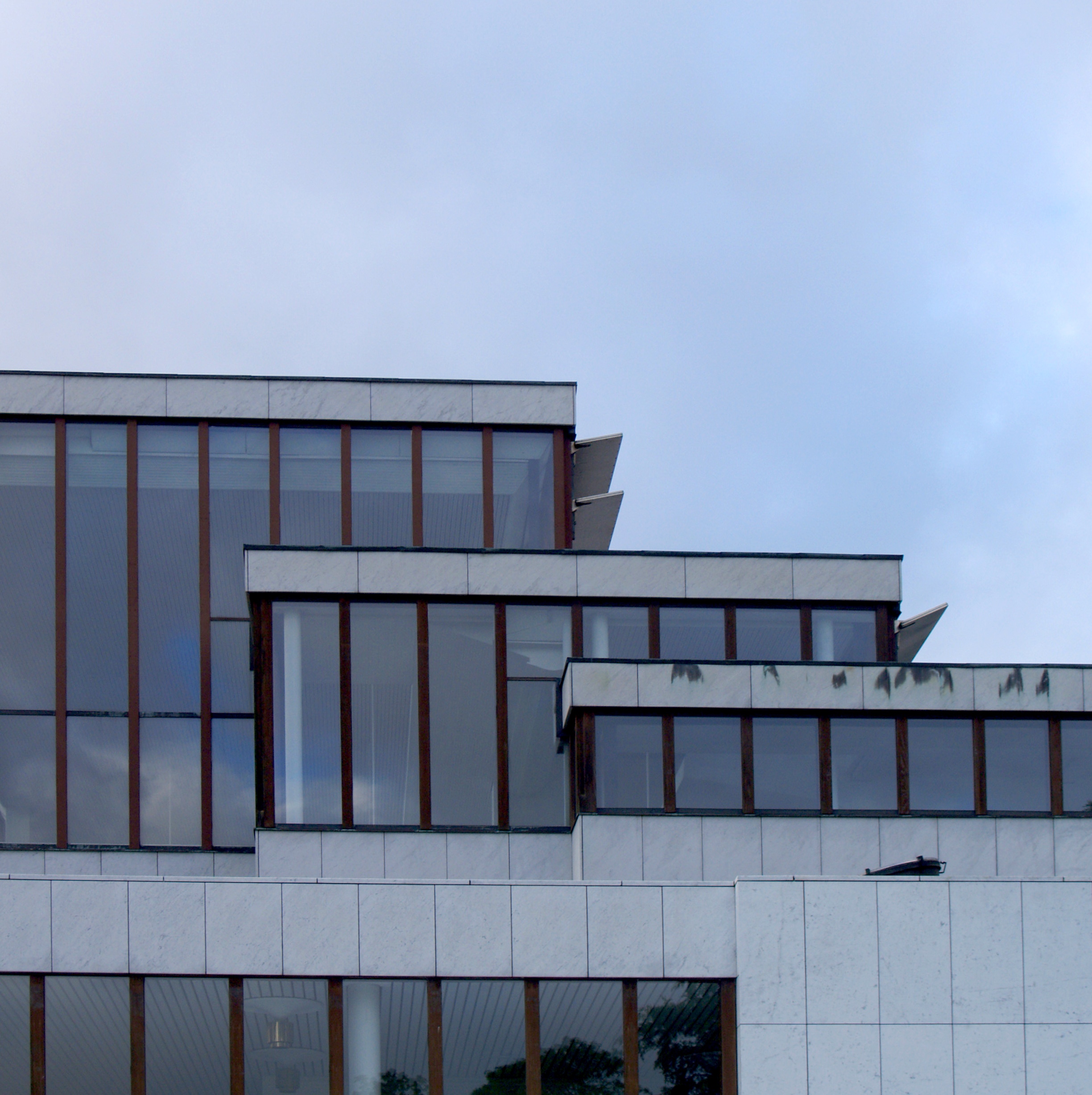In the world of contemporary art, where boundaries are constantly pushed and conventions challenged, Jens Haaning’s audacious act serves as a thought-provoking chapter in the ongoing conversation about the value of art, artistic intent, and the role of museums in supporting and exhibiting unconventional forms of expression. It is a reminder that art has the power to spark debate, question established norms, and challenge our perspectives on creativity and commerce.
In 2021, the Kunsten Museum of Modern Art in Aalborg, Denmark, took a daring leap by lending Jens Haaning 530,000 Danish kroner, equivalent to $76,000. The purpose of this loan was to fund the creation of updated versions of two earlier works by the artist. These earlier pieces consisted of frames filled with banknotes, each depicting the average annual salary of an Austrian and a Dane. However, Haaning had a different vision in mind.
Instead of creating the intended artwork, Haaning sent the museum two empty frames titled “Take the Money and Run.” In a bold move, he asserted that he had produced new, improved pieces that better aligned with the exhibition’s theme, which focused on the future of labor. This act raised eyebrows and ignited debates in the art world, ultimately leading to almost two years of litigation and a recent ruling by a Copenhagen court.
Haaning, a conceptual artist known for challenging societal norms and perceptions, defended his actions by arguing that his breach of contract was an integral part of the artwork itself. From his artistic perspective, he believed he could create a more powerful piece than what was initially envisioned. Haaning questioned whether he had truly “stolen” the money, asserting that he had, in fact, created an artwork that far surpassed their initial plans.

The new artwork, with its enigmatic title, “Take the Money and Run,” invited viewers to contemplate broader societal structures and institutions, such as religion and marriage, and consider the option of “taking the money and running” when faced with challenges. Despite Haaning’s justifications, the Kunsten Museum of Modern Art displayed his empty canvases alongside a printout of an email in which he explained his actions.
This artistic escapade by Haaning is part of a genre of controversial works that challenge the very essence and value of art itself, reminiscent of Maurizio Cattelan taping a banana to a wall and Banksy shredding a painting at auction. Notwithstanding the artist’s intentions, the Copenhagen City Court ruled against Haaning, asserting that he was “obliged” to return the borrowed money, albeit deducting 40,000 krone ($5,730) for artist and display fees.
The court’s decision rested on the notion that “Take the Money and Run” fell short of the museum’s expectations, as Haaning had originally committed to delivering two distinct pieces. The ruling also dismissed a counter-claim by Haaning, in which he alleged that the museum had infringed on the work’s copyright. Additionally, the artist was instructed to cover the legal costs associated with the proceedings.
In response to the court’s decision, Kunsten’s director, Lasse Andersson, conveyed that the museum would withhold further commentary until Haaning’s potential appeal was addressed. The artist, however, remained silent on the matter.
Beyond the legal intricacies and artistic provocations of this case, it highlights a broader conversation about the value of art in contemporary society. Traditionally seen as a commodity, an expression of culture, and a form of creative communication, art has been transforming in recent years.
Today, the value of art extends far beyond its aesthetic and monetary worth. It encompasses the power of art to challenge, provoke, and inspire change. Contemporary artists like Haaning push the boundaries of conventional art, forcing viewers to question established norms and consider the deeper implications of their work.
In the context of Haaning’s audacious act, the value of his art lies not only in the physical pieces themselves but also in the discussions and debates they ignite. They challenge our notions of labor, compensation, and creativity. Is art simply a commodity, or can it serve as a catalyst for societal reflection and transformation?
Artists like Haaning remind us that the value of art is intrinsically tied to its ability to elicit thought, emotion, and discussion. It prompts us to reevaluate our preconceptions, confront uncomfortable truths, and engage with complex social issues.
In the age of digital art, NFTs (non-fungible tokens), and decentralized creativity, the traditional concept of art’s value is evolving. It’s no longer solely measured in dollars and cents but also in its capacity to spark conversations, challenge norms, and reshape perspectives.
As we navigate this shifting landscape, it’s crucial to recognize that art’s value is a multi- dimensional spectrum that encompasses both tangible and intangible elements. It’s a reflection of the times we live in, a mirror that holds up society’s complexities and contradictions and a powerful force that continues to shape.
Share this:
- Click to share on Facebook (Opens in new window) Facebook
- Click to share on X (Opens in new window) X
- Click to email a link to a friend (Opens in new window) Email
- Click to share on LinkedIn (Opens in new window) LinkedIn
- Click to share on Reddit (Opens in new window) Reddit
- Click to share on Tumblr (Opens in new window) Tumblr
- Click to share on Telegram (Opens in new window) Telegram
- Click to share on WhatsApp (Opens in new window) WhatsApp
Discover more from Stay Up-to-Date on the Latest Art News with Gothamartnews.com
Subscribe to get the latest posts sent to your email.






Be First to Comment